How to Determine the Value of Commemorative Coins Today
Wondering how to determine the value of commemorative coins ? The commemorative coins value depends on factors like rarity, historical significance, and condition. This article will explain these key elements to help you understand what makes commemorative coins valuable.
Key Takeaways
-
Commemorative coins are specially minted to honor events or individuals. They are often produced in limited quantities and serve as collectibles rather than currency for daily transactions.
-
The commemorative coins value is influenced by factors such as rarity, historical importance, condition, and grading, with higher values often associated with coins that are scarce or hold important historical context.
-
Investors and gatherers should purchase commemorative coins from reputable dealers and ensure originality through professional grading services to maintain their investment value.
Understanding Commemorative Coins
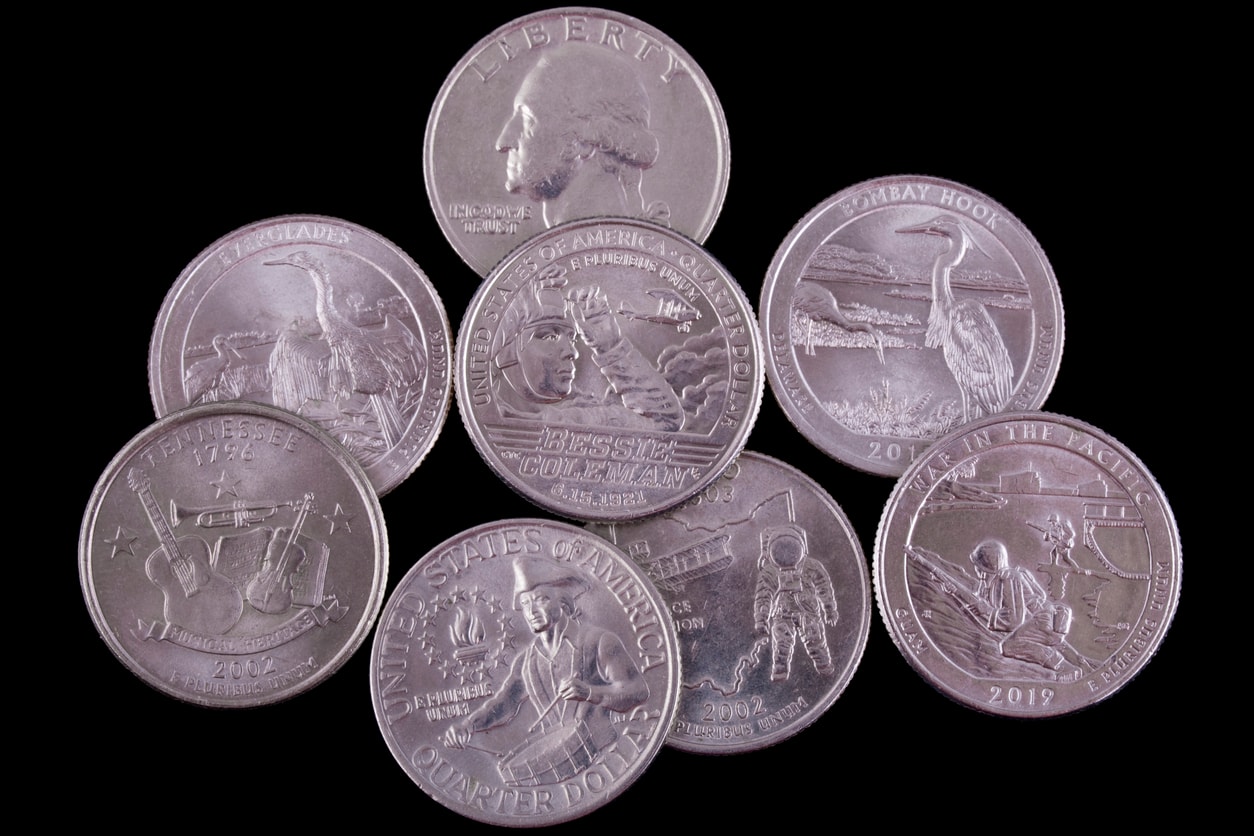
Commemorative are specially minted to honor specific events, individuals, or themes, featuring unique designs that capture the essence of the occasion. Unlike regular currency, these are not primarily intended for everyday transactions but to celebrate and remember significant historical moments. The U.S. The Mint produces commemorative to honor important American past and cultural elements. Additionally, these coins help raised funds for significant causes. Historically, coins have been issued to mark significant occurrences, often reflecting the political or societal climate of the time.
Global commemorative coins value often celebrate significant events or anniversaries in national past, attracting collectors worldwide. Their varied design, material, and historical context make them appealing to different collectors, including those interested in modern commemoratives.
Whether a coin celebrates a royal wedding in the UK or marks a pivotal event in American past, commemorative offer a rich tapestry of stories and values that resonate with gatherers worldwide.
Types of Commemorative Coins
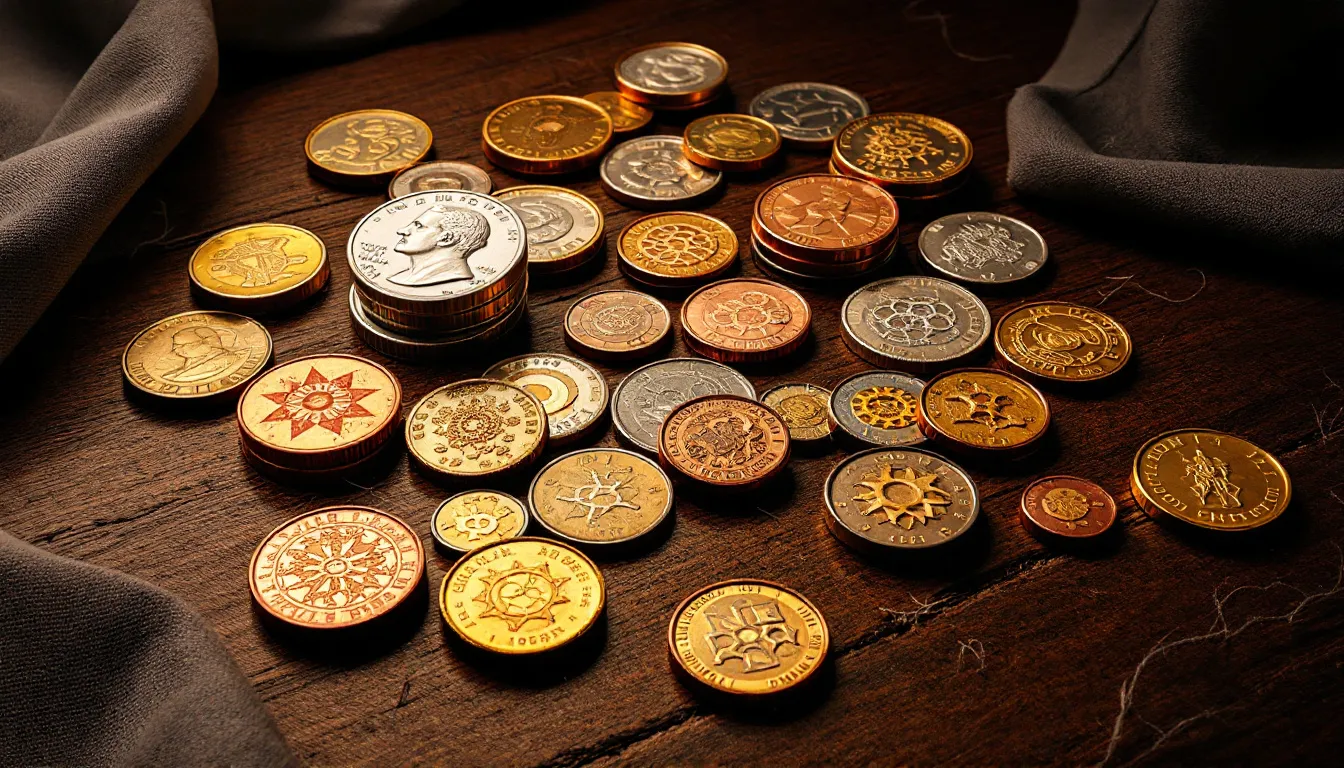
Commemorative coins can be broadly categorized into three main types: common everyday currency, non-circulating legal tender, and tokens or souvenirs. Everyday commemorative, such as the 50p, £1, and £2 coins, are typically made from base metals and actively general circulation in regular transactions. Commemorative coins value mark significant national events and are part of the regular currency but carry special commemorative designs.
Non-circulating legal tender includes older coins and modern commemoratives that could theoretically be used in transactions but are often valued higher as collectibles. These coins are usually made of precious metals and are not intended for everyday use.
Conversely, tokens and souvenirs are typically made from precious metals like gold and silver and are not legal tender. Gatherers highly desire these coins for their intrinsic and aesthetic value.
Legal Tender Status of Commemorative Coins
Governments issue some commemorative coins value, which are legally recognized as currency. However, non-circulating coins, though legal tender, are designed exclusively for gatherers and are often made of precious metals. Despite their legal status, these are usually collected rather than spent in transactions.
In the UK, all Royal Mint , including commemoratives, are legal tender but rarely used daily. While commemorative can legally settle debts in court, businesses are not required to accept them as payment.
Most financial institutions do not accept commemorative coins value, although some may do so at their discretion. Knowing the legal tender status helps gatherers and investors understand their potential use and value.
Factors Influencing the Value of Commemorative Coins
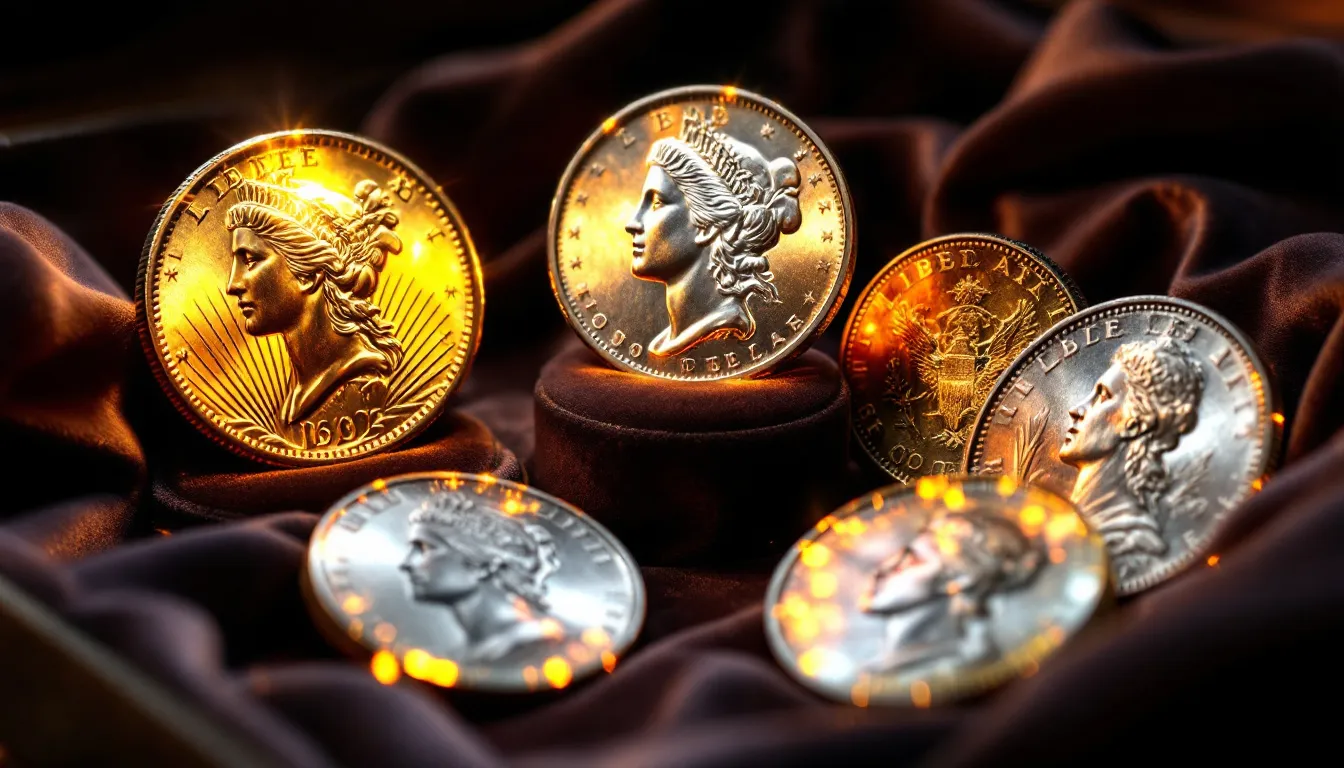
Several factors influence the commemorative coins value, making some pieces more desirable and valuable than others. Uniqueness is a key factor in determining the commemorative coins value. The scarcity of coins is often dictated by how many were produced during minting. Various factors shape the coin collection market. These include rarity, economic conditions, collector demographics, and cultural influences.
Beyond uniqueness , historical importance plays a crucial role in a coin's value. Coins that commemorate significant historical events or figures often hold higher value. Additionally, the condition and grading of a coin can significantly impact its market demand. Coins in pristine condition are typically worth more than those that show signs of wear or damage.
Rarity and Limited Mintage
Coins that were minted in smaller quantities are generally viewed as more valuable due to their scarcity. For example, the Kew Gardens 50p coin, with only 210,000 minted, shows how limited mintage can increase a coin's value. Serious gatherers often seek out these rare coins, increasing high demand and prices.
Another example is the 1933 penny, among the most notable UK coins, with only six known to exist, making it highly sought after by gatherers. Coins with errors or unique variations often command higher prices due to their rarity. Limited mintage combined with unique designs or historical importance makes certain money in any assortment.
Historical Importance
A coin's historical importance can greatly enhance its value. The first US commemorative coin, the 1848 ‘CAL' quarter eagle, was created to honor the California Gold Rush, a pivotal event in past of America. Such coins carry monetary value and a rich past that appeals to gatherers.
Similarly, the Carver/Washington half dollar was the last coin minted in the classic U.S. commemorative series, highlighting its historical significance. Coins that mark significant historical events or figures often become sought after due to their connection to important historical moments.
Gatherers are particularly interested in coins that offer a glimpse into the past, making historical value a crucial factor.
Condition and Grading
A coin's condition and grading are crucial for determining its market demand. Coins in excellent condition generally hold more value than those with wear or damage. The grading process appraisal coin's preservation state, which is vital for serious gatherers.
The grading system professionals use appraisal factors like surface quality and wear, directly impacting a coin's market prices. Coins are graded on a numerical scale, where higher grades can lead to significantly increased market prices. Gatherers depend on these grades to determine a coin's value and originality, underscoring the importance of condition and grading.
Notable Commemorative Coin Releases
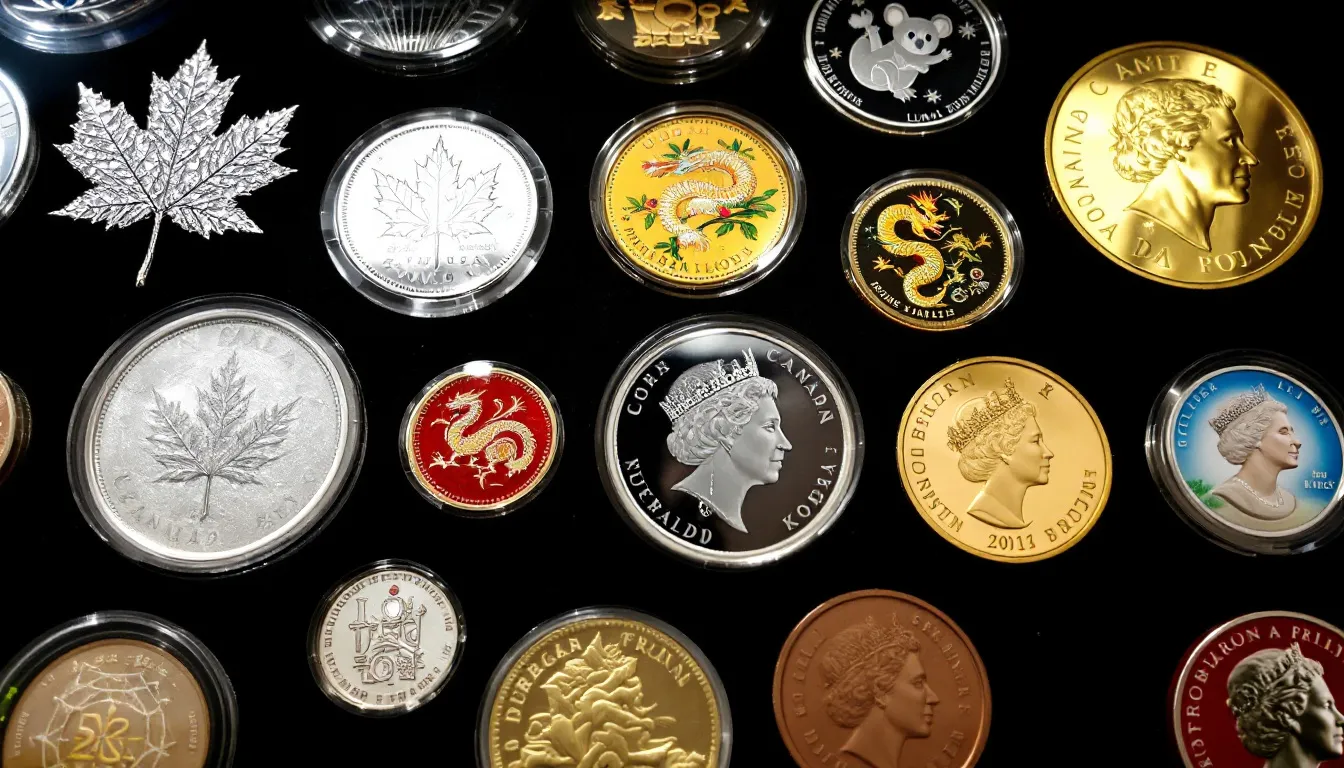
These coins honor significant achievements or events and often become popular collector items. In the UK, notable commemorative coins are released for royal celebrations, symbolizing the nation's past and culture.
Significant US commemorative coins often celebrate historical milestones, prominent figures, and major national events, becoming key pieces for gatherers. Globally, commemorative coins can commemorate various cultural and historical events, drawing attention from collectors worldwide.
UK Commemorative Coins
The UK has released several notable commemorative coins that have become prized among collectors. For instance, the 1981 denomination celebrating the wedding of Prince Charles and Lady Diana Spencer is highly sought after.
Another significant release was the 2012 series of coins marking Queen Elizabeth II's Diamond Jubilee, highlighting her 60-year reign. Coins associated with significant historical events are typically more desirable and valuable.
US Commemorative Coins
Significant US commemorative coins often celebrate historical milestones and prominent figures. The World's Columbian Exposition Half Dollar, which marked the beginning of the U.S. Mint's classic commemorative era, is a notable example. This coin not only highlights the U.S. Mint's ability to capture pivotal historical moments but also showcases the artistry and craftsmanship involved in coin production. The last coin minted in the U.S. classic commemorative series was the Carver/Washington half dollar, adding to its historical importance. This coin stands as a tribute to the contributions of George Washington Carver and Booker T. Washington, two influential figures in American history.
The U.S. Mint's early silver commemorative coins, spanning from 1892 to 1954, contribute to the historical richness of American coinage. These coins reflect the diverse cultural and historical narratives that have shaped the United States, from the commemoration of the Pilgrim Tercentenary to the celebration of the Oregon Trail Memorial. Each coin tells a unique story, offering gatherers a tangible piece of past. The intricate designs and limited mintage of these coins make them highly sought after by serious gatherers and investors alike. The historical context and artistry involved in these commemorative coins not only enhance their collectible value but also make them a fascinating area of study for numismatists.
Beyond their aesthetic appeal, these coins hold significant investment potential. As the market dynamics of coin collecting continue to evolve, the demand for U.S. commemorative coins remains strong. Gatherers and financiers are drawn to the rich past and cultural significance embodied in these coins, making them treasured additions to any assortment. Whether you're a seasoned collector or a new enthusiast, U.S. commemorative coins offer a captivating glimpse into the past and a promising good investment for the future.
Global Commemorative Coins
Globally, commemorative coins celebrate various cultural and historical events, drawing attention from gatherers worldwide. The historical context of many issues of coins, such as the commemorating events, can substantially enhance its collectible value.
Collectors often seek sought-after coins that offer a glimpse into different nations' rich past and cultural heritage, appealing to coin gatherers.
These coins are not only treasured for their aesthetic appeal but also for their intrinsic value, as they often incorporate precious metals like gold and silver. Countries around the world produce gold and silver commemorative coins to mark significant anniversaries, achievements, or cultural milestones, creating a diverse and dynamic market for gatherers. For example, coins minted to celebrate the Olympic Games, World Expos, or significant national anniversaries are highly prized.
Moreover, the limited mintage of many global commemorative coins adds to their rarity and desirability. As new gatherers enter the market, the high demand for these coins continues to grow, reflecting a broader interest in exploring global past through numismatics. Gatherers are particularly drawn to coins that feature unique designs or commemorate important events that resonate with their personal interests or heritage.
The global coin assortment market is influenced by various factors, including economic conditions, cultural trends, and technological advancements, which can impact the availability and value of these coins. As such, serious gatherers must stay informed about market cost and trends to make money with strategic purchases and investments.
Ultimately, global commemorative coins offer a rich tapestry of stories and values that connect gatherers to the world's shared history, making them a popular choice and a potentially rewarding investment.
Investment Potential of Commemorative Coins
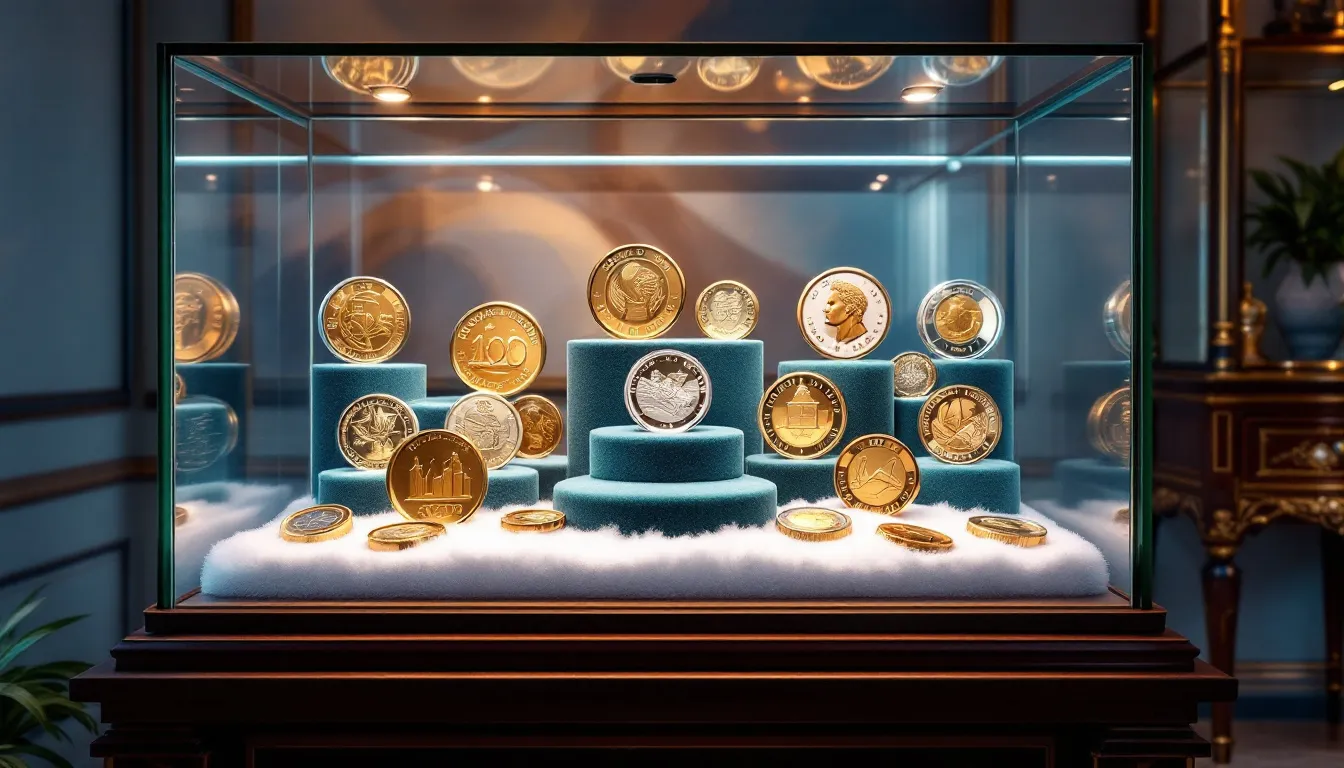
Commemorative coins often serve as collectibles with values exceeding their face value, making them appealing for investment intended. The market dynamics of coin collecting are influenced by collector interest, which can shift due to economic fluctuations. Economic trends can shift collector interest and impact coin values.
Valued at 9.72 billion in 2023, the global coin assortment market is projected to reach 19.56 billion by 2030, reflecting a robust CAGR of 10.5% from 2024-2030.
Where to Buy and Sell Commemorative Coins
Purchasing from reputable dealers is a key strategy for ensuring the originality. Platforms like APMEX, Global Coin, and Great collections offer various options for confidently buying and selling coins. Heritage Auctions and Stack's Bowers are renowned auction houses that attract many gatherers, ensuring high visibility for listed coins.
Advances in technology and e-commerce have expanded the market, increasing convenience for gatherers.
Authenticity and Certification
Authenticity is crucial for gatherers to ensure their purchases are genuine and maintain value over time. Counterfeit can lead to financial loss and damage to collectors' reputations. These services are crucial for building trust in the coin-collecting market.
Professional grading services like PCGS and NGC ensure a coin's originality and present condition. Knowledge of a coin's characteristics aids gatherers in identifying counterfeits, making these services invaluable for serious gatherers.
Preserving and Displaying Your Collection
Proper preservation and display are key to maintaining your collection's value and condition. Always handle coins by the edges to avoid touching the face value, which can damage them. Coins should be stored in protective holders to prevent contact that may cause scratches. Avoid using cleaning methods on coins as they can diminish their face value and damage their surfaces.
Store coins in a cool, dry environment to prevent discoloration from temperature changes and moisture.
Summary
Commemorative coins offer a fascinating blend of history, art, and value. Understanding the different types of commemorative silver coins, gold or bullion coins or any other, their legal tender status, and the factors influencing their value can help you make informed decisions as a collector or investor. Notable releases from the UK, US, san Francisco and around the globe provide a rich tapestry of stories and historical importance that enhance their desirability.
Whether you're preserving a assortment or looking to invest, commemorative coins have substantial potential. By buying from reputable sources, ensuring originality, and preserving your assortment correctly, you can enjoy the historical and monetary rewards that come with these treasured pieces. Dive into the universe of modern commemorative coins and uncover the stories and values behind each unique piece.
Frequently Asked Questions
What are commemorative coins?
Commemorative coins are specially minted coins that celebrate specific events or anniversaries, individuals, or themes. They are typically distinguished by unique designs and serve as tangible reminders of significant historical occurrences.
Are commemorative coins legal tender?
Some commemorative silver coins or bullion coins are legal tender coins as governments issue them, but are rarely used in everyday transactions.
How does the rarity of a coin affect its value?
The rarity of a coin greatly raised its value, as limited mintage leads to increased scarcity and heightened demand among gatherers. Consequently, rare coins are often sought after and command higher money in the market.
What is the importance of coin grading?
Coin grading is crucial as it determines a coin's condition and preservation, significantly influencing its market value and originality. Accurate grading ensures informed buy, sell, and collecting practices in the numismatic market.
Where can I buy and sell commemorative coins?
You can buy and sell commemorative silver coins or bullion coins through reputable dealers, auction houses, and online platforms such as APMEX, Global Coin, and Heritage Auctions. Engaging with these trusted sources raised buy and sale process.


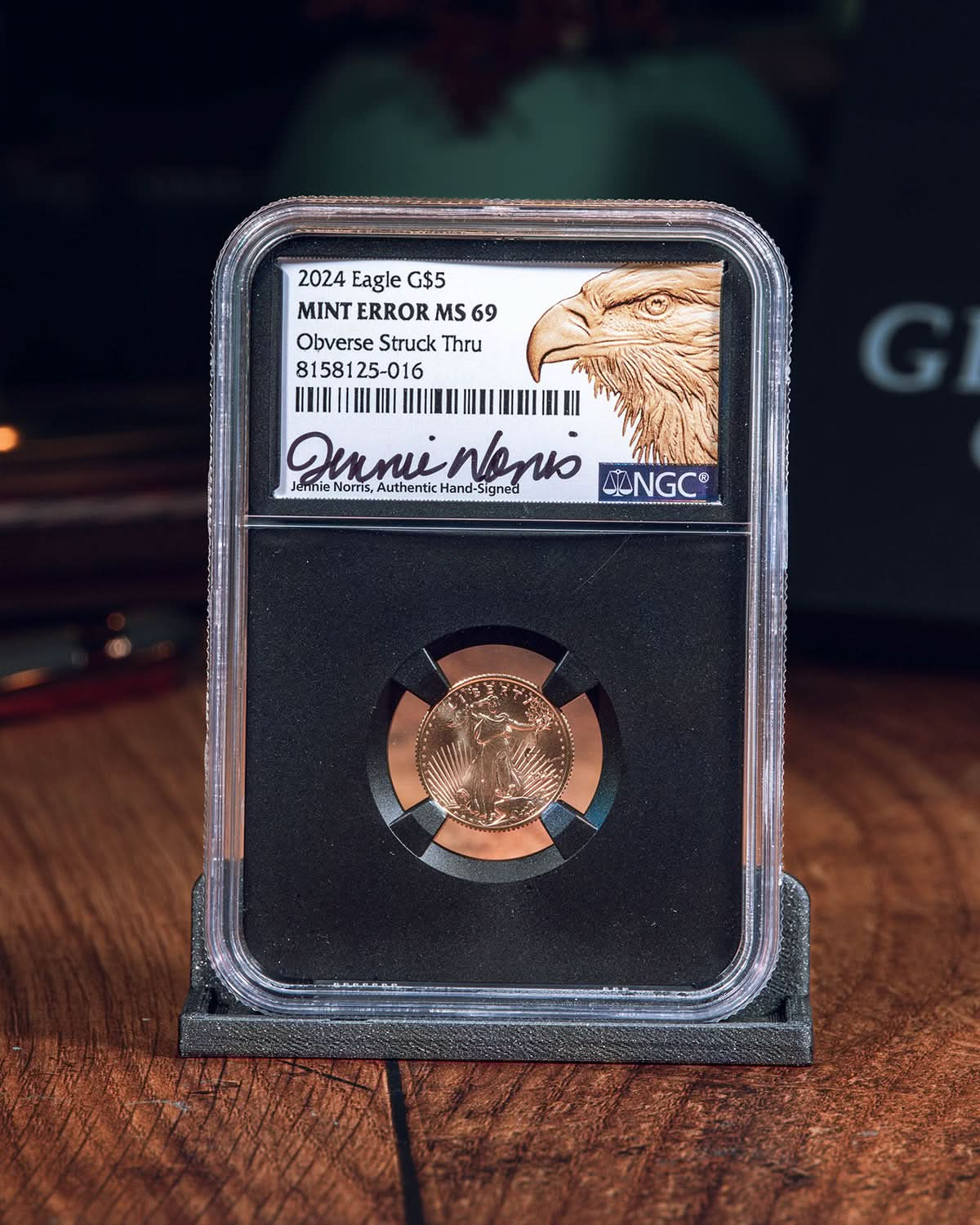




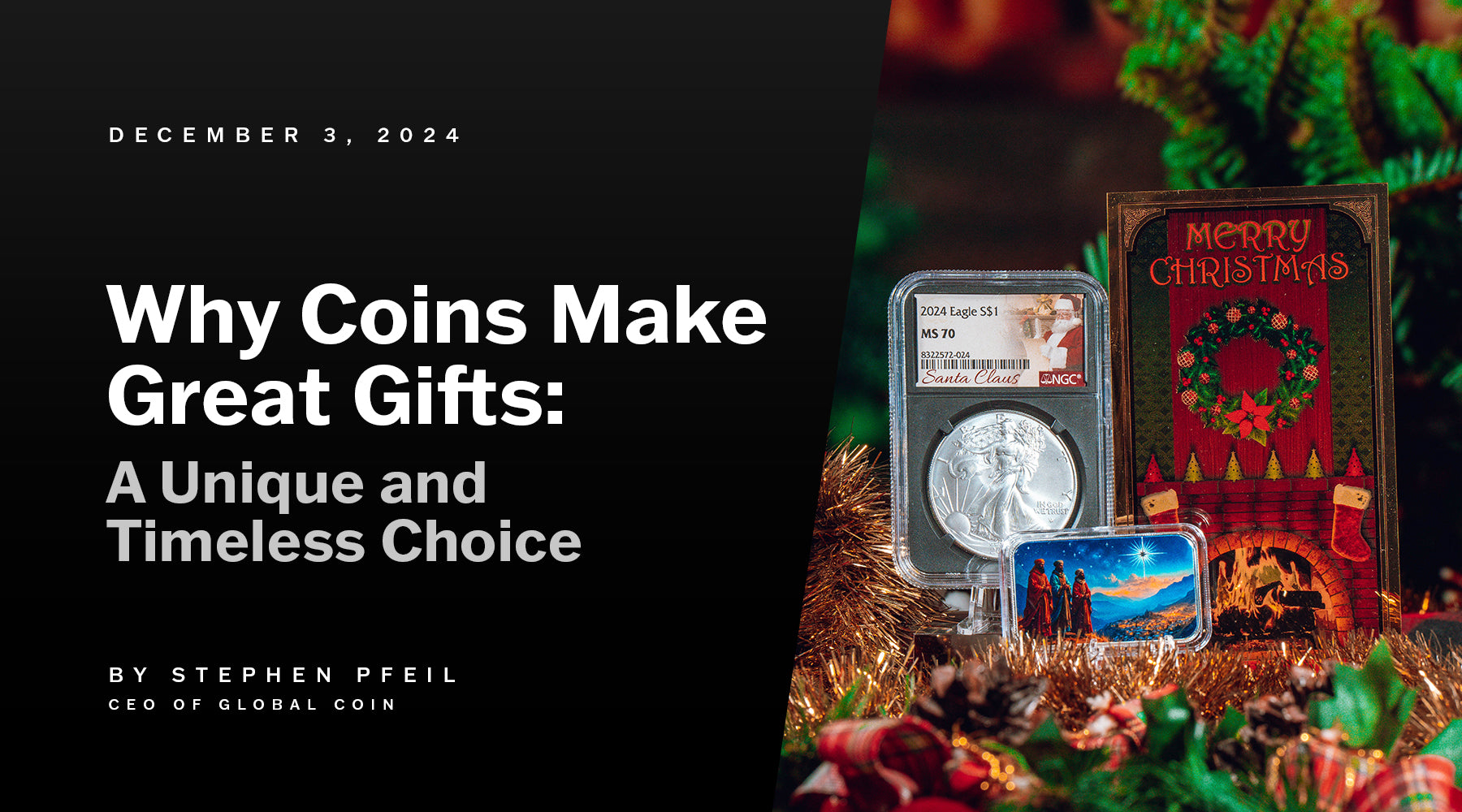
Leave a comment
This site is protected by hCaptcha and the hCaptcha Privacy Policy and Terms of Service apply.